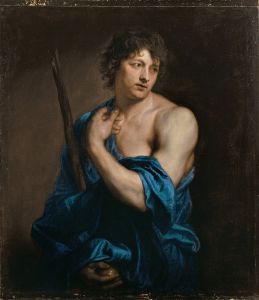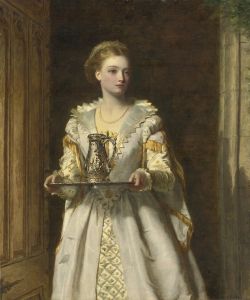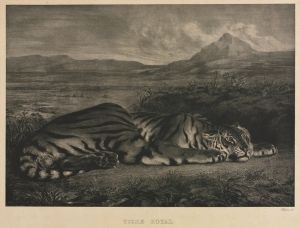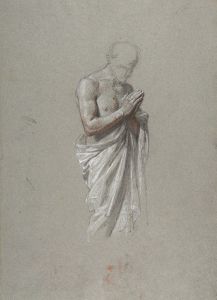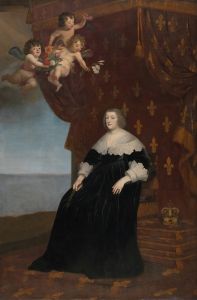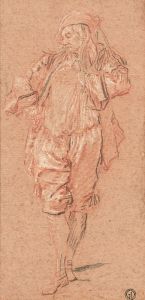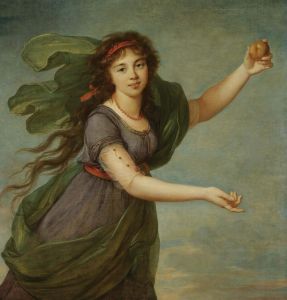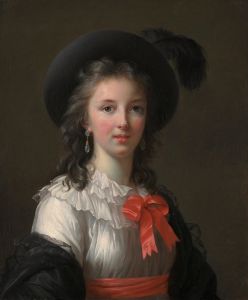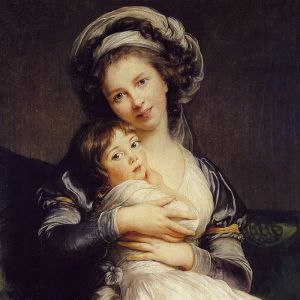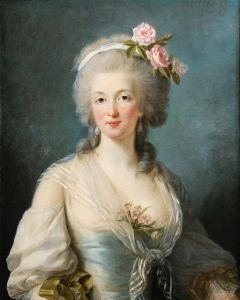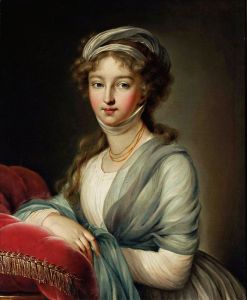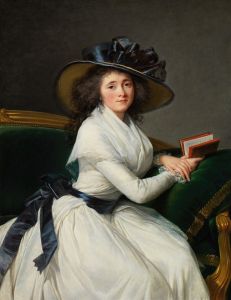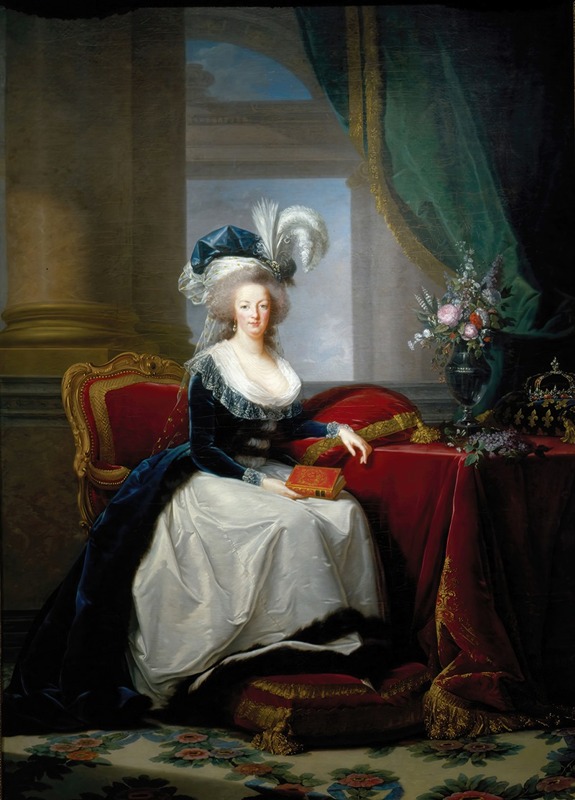
Portrait of Marie Antoinette, Queen of France
A hand-painted replica of Elisabeth Louise Vigée Le Brun’s masterpiece Portrait of Marie Antoinette, Queen of France, meticulously crafted by professional artists to capture the true essence of the original. Each piece is created with museum-quality canvas and rare mineral pigments, carefully painted by experienced artists with delicate brushstrokes and rich, layered colors to perfectly recreate the texture of the original artwork. Unlike machine-printed reproductions, this hand-painted version brings the painting to life, infused with the artist’s emotions and skill in every stroke. Whether for personal collection or home decoration, it instantly elevates the artistic atmosphere of any space.
"Portrait of Marie Antoinette, Queen of France" is a renowned painting by the celebrated French artist Élisabeth Louise Vigée Le Brun. Completed in 1783, this portrait is one of the many depictions of the French queen by Vigée Le Brun, who was one of the most prominent portraitists of her time. The painting is notable for its elegance and the way it captures the grace and poise of Marie Antoinette, reflecting both the artist's skill and the queen's status.
Élisabeth Louise Vigée Le Brun was born in 1755 and became one of the most successful female painters of the 18th century. She was admitted to the Académie Royale de Peinture et de Sculpture in 1783, the same year she completed this portrait. Vigée Le Brun was a favorite of Marie Antoinette and painted her numerous times, contributing significantly to the queen's public image. Her works are characterized by their refined style, attention to detail, and the ability to convey the personality and status of her subjects.
Marie Antoinette, born in 1755 as an Archduchess of Austria, became the Queen of France in 1774 when her husband, Louis XVI, ascended to the throne. Her reign was marked by significant political and social upheaval, culminating in the French Revolution. Despite her controversial role in French history, Marie Antoinette remains a figure of fascination, partly due to the many portraits that depict her as a symbol of elegance and royal dignity.
In this particular portrait, Marie Antoinette is depicted in a lavish gown, adorned with intricate lace and ribbons, which was typical of the fashion of the French court at the time. Her posture is composed and regal, with a gentle expression that suggests both her nobility and her personal charm. The background of the painting is understated, ensuring that the viewer's focus remains on the queen herself.
Vigée Le Brun's portrayal of Marie Antoinette was not merely an artistic endeavor but also a political statement. The queen's image was carefully curated to present her as a benevolent and graceful monarch, countering the negative public perception that was growing due to France's economic difficulties and her perceived extravagance. The artist's ability to capture the queen's likeness with such sensitivity and elegance helped solidify Marie Antoinette's image as a fashion icon and a symbol of the French monarchy.
The relationship between Vigée Le Brun and Marie Antoinette was more than just professional; it was also personal. The artist often spoke of the queen with admiration and respect, and this is evident in the warmth and dignity with which she portrayed her. Vigée Le Brun's portraits of Marie Antoinette remain some of the most enduring images of the queen, offering insight into the complex interplay of art, politics, and personal relationships in the late 18th century.
Today, "Portrait of Marie Antoinette, Queen of France" by Élisabeth Louise Vigée Le Brun is housed in various collections, with some versions displayed in prominent museums. These works continue to be studied and admired for their artistic merit and historical significance, providing a window into the world of the French court and the life of one of its most famous queens.






